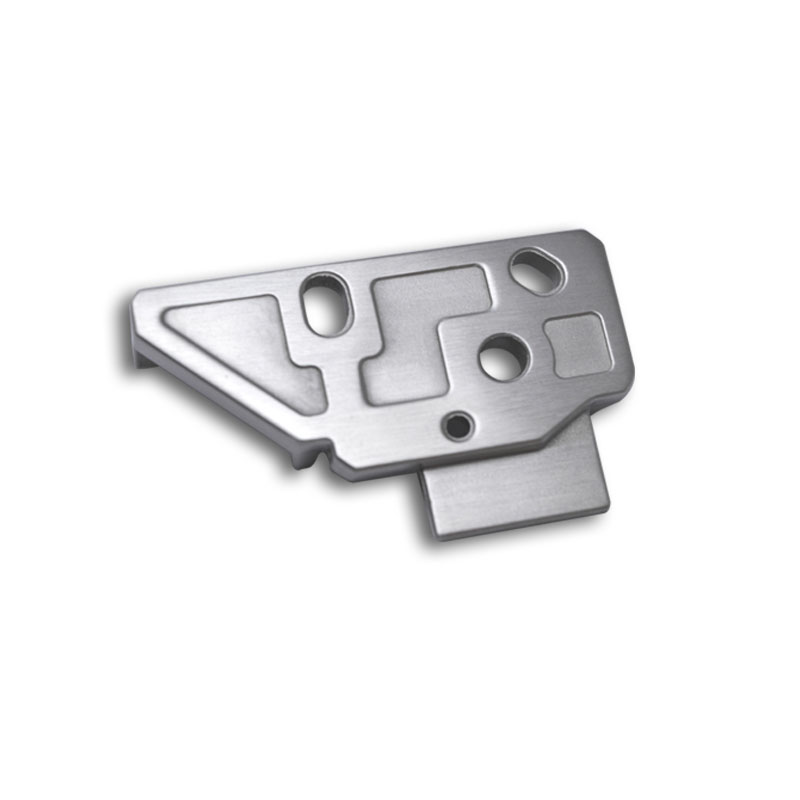
What are the processes and advantages of powder metallurgy?



Powder metallurgy processing flow
1. Preparation of metal powder raw materials
There are generally physical and chemical methods and mechanical methods for making metal raw material powders, and these two methods have extended into a variety of methods. At present, the oxide reduction method and mechanical method are widely used in the powder metallurgy industry. The milling effect and performance of this method are obtained through continuous testing and experimentation.
2. Basic molding
After the raw material metal powder is prepared, the powder is pressed into the shape of the product through a molding technology such as pressure molding or pressureless molding. This step is called molding, and the product has a certain strength and hardness.
3. Sintering after molding
Send the formed product green body into the sintering furnace. In the closed protection environment of the sintering furnace, after a period of high-temperature sintering, metallurgical bonding occurs between the powder particles, and parts with higher hardness and strength can be obtained. If for If some special properties are required, some follow-up processing is required. If not needed, the sintered parts can be used. At present, the best sintering furnaces are German or Japanese sintering furnace equipment. Minxin powder uses this Two kinds of advanced equipment and well-known domestic material testing machine, salt spray testing machine, various hardness testers and various high-precision measuring tools.
Advantages of powder metallurgy processing
1. Near net shape technology, the utilization rate of raw materials can be as high as 95%, which reduces the waste of a lot of materials.
2. Direct molding, less cutting or no cutting, also reduces the waste of raw materials and reduces production costs.
3. Powder metallurgy processing can also control the accuracy and density of parts, especially those porous materials.
4. The material group can be controlled, and the complex composite materials are very suitable for powder metallurgy processing.
5. Some ceramics and refractory metals can be prepared, which cannot be done by traditional processing techniques.
6. It can be produced and processed in large quantities, which greatly improves production efficiency, reduces production costs, and has uniform molding.